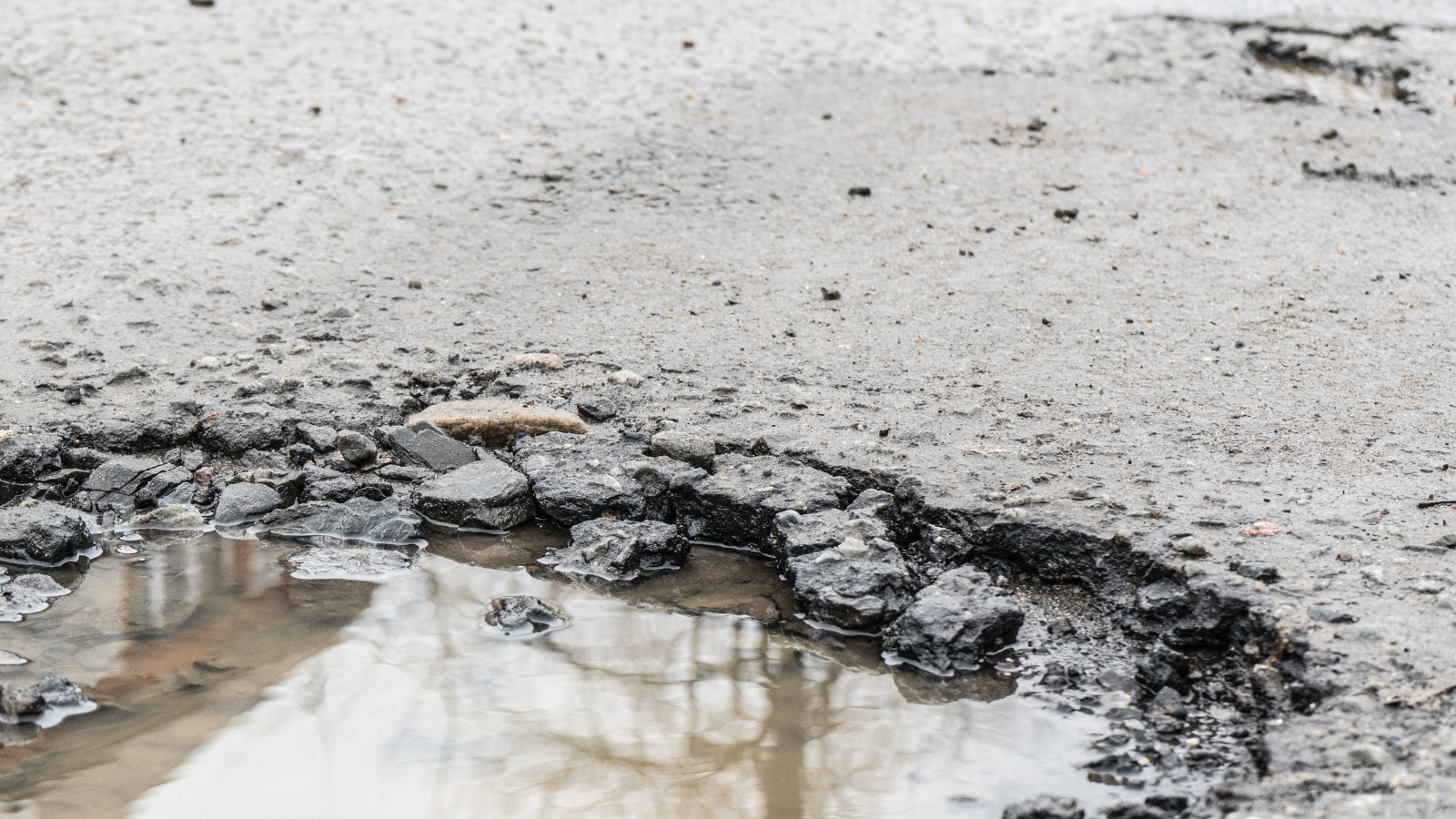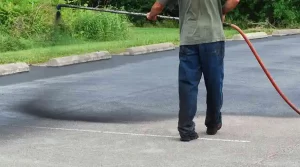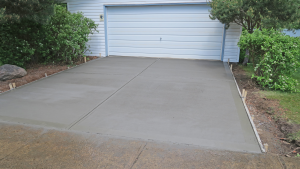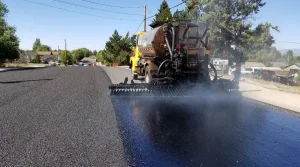Potholes are not just an annoying nuisance; they pose real risks to drivers and pedestrians. These depressions in road surfaces can lead to vehicle damage, safety hazards for walkers, and increased traffic congestion. Understanding the causes of potholes and how to address them is crucial for maintaining road safety and infrastructure quality. This guide will explore the causes of potholes and their impacts and provide eight effective methods for repairing them.
Need a paving job done right in Jersey City? Trust the experts at Jersey City Paving!
We pride ourselves on delivering quality results at budget-friendly prices. Don’t leave your paving project to chance with amateurs—your property deserves the best. Call Jersey City Paving today at (201) 977-4882 for a free consultation!
What Causes Potholes?
Potholes are depressions or holes on the surface of roads, typically due to traffic wear and environmental factors. The leading causes include:
1. Water Infiltration: Water seeps into cracks in the road surface. This water freezes and expands in cold weather, further widening the cracks. When the ice melts, it causes the ground to shift, and the road surface breaks down, leading to potholes.
2. Traffic Stress: Heavy vehicles such as trucks and buses exert significant pressure on road surfaces. Over time, this repeated stress exacerbates existing cracks and weakens the road structure, particularly if the road is compromised.
3. Temperature Fluctuations: Roads expand and contract with temperature changes. The cycle of freezing and thawing weakens the road surface, making it more susceptible to pothole formation.
4. Poor Road Construction: Roads built with substandard materials or poor construction practices are more prone to deterioration. Inadequate compaction, insufficient drainage, and the use of low-quality materials can accelerate the formation of potholes.
Impact on Vehicles and Pedestrians
Potholes can cause significant problems for both vehicles and people:
Vehicle Damage: Driving over potholes can result in flat tires, bent rims, misalignment, and suspension damage. Repairing these issues can be costly and may affect vehicle safety and performance.
Pedestrian Safety: Potholes present tripping hazards, particularly for marginalized populations including children, the elderly, and individuals with disabilities. They can lead to injuries and make sidewalks unsafe.
Traffic Congestion: Potholes can slow traffic flow, leading to congestion. Drivers often maneuver to avoid potholes, creating hazardous conditions and increasing the risk of accidents.
8 Effective Repair Methods to Keep Roads Safe
1. Pothole Patching: This is a temporary fix in which cold-mix asphalt is poured into the pothole and compacted. While quick and inexpensive, it may not hold up well under heavy traffic and severe weather conditions.
2. Hot Mix Asphalt Patching: This method uses heated asphalt to fill the pothole. Compared to cold mix, hot mix asphalt provides a more durable and long-lasting repair. Special equipment is required for this process.
3. Infrared Pothole Repair: Infrared technology heats the area around the pothole. The old asphalt is mixed with new and compacted, creating a smooth and durable surface. This method effectively repairs potholes and blends them with the surrounding road.
4. Spray Injection Patching: A high-pressure machine sprays a mixture of asphalt and aggregate into the pothole. This technique is beneficial for more enormous potholes and provides a robust and lasting repair.
5. Full-Depth Road Repair: This method is used for severe potholes that have damaged the road base. It involves removing the damaged section, repairing the base, and repaving with new asphalt. Though expensive, it offers a long-term solution and restores the road to its original condition.
6. Edge Seal Pothole Repair: This method rentails sealing the perimeter of the pothole before filling it with asphalt. The sealant helps keep water out and extends the lifespan of the repair.
7. Concrete Patching: Damaged areas are removed and replaced with new concrete for roads with concrete surfaces. This method is robust and suitable for handling heavy traffic.
8. Preventive Maintenance: Regular road maintenance and inspections can help prevent the formation of potholes. Addressing minor cracks, improving drainage systems, and applying surface treatments can extend the road’s lifespan and reduce the occurrence of potholes.
Conclusion
Potholes are more than just an inconvenience; they are a significant risk to safety that might vehicle damage and pedestrian injuries. By understanding their causes and implementing effective repair methods, we can maintain road safety and improve the quality of our road infrastructure. Regular maintenance and prompt repairs prevent potholes and ensure smoother, safer roads. These proactive steps will contribute to a more reliable and secure road network, benefiting the community.







